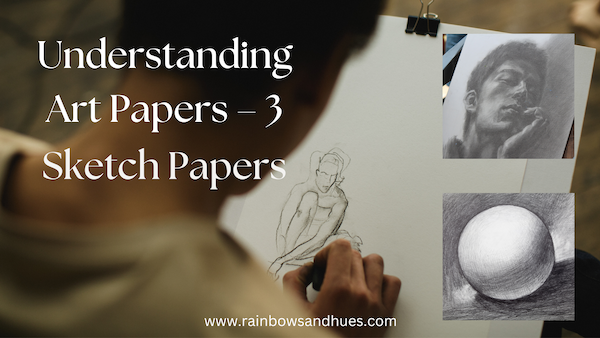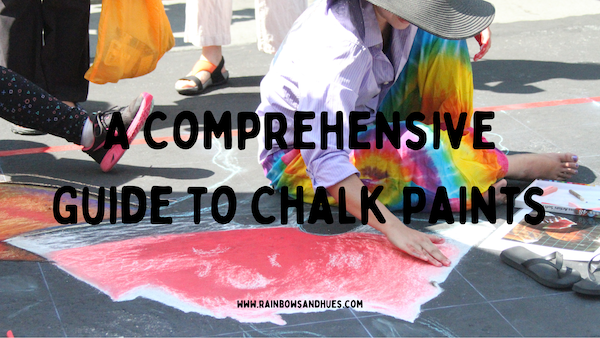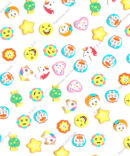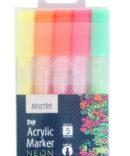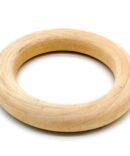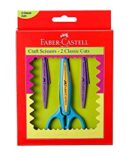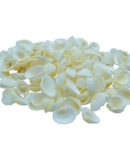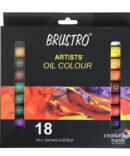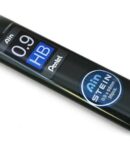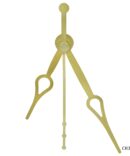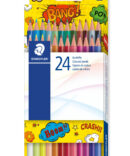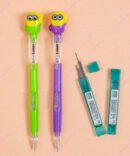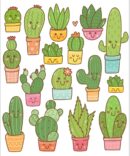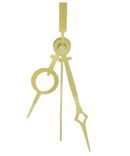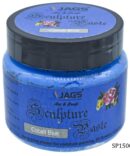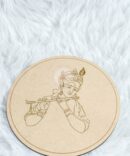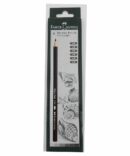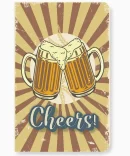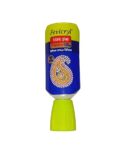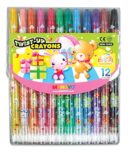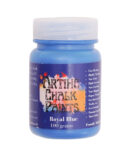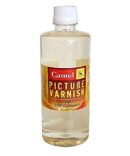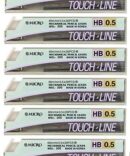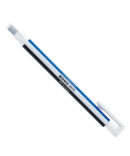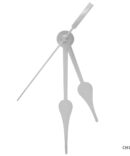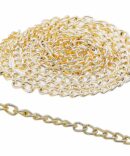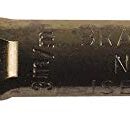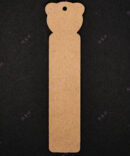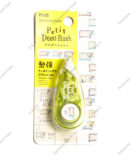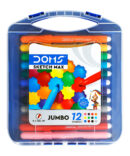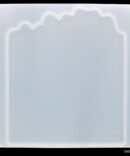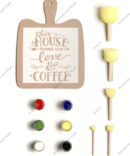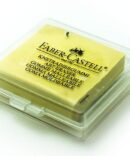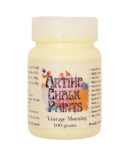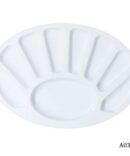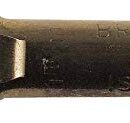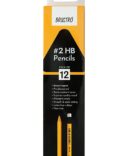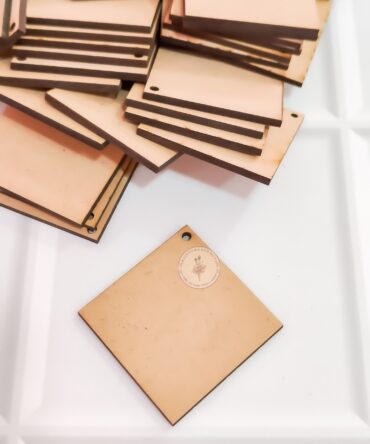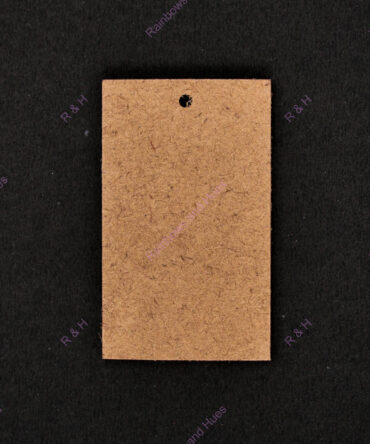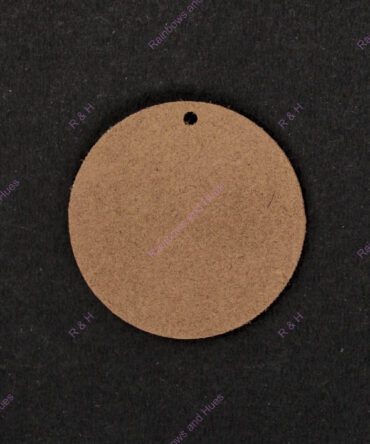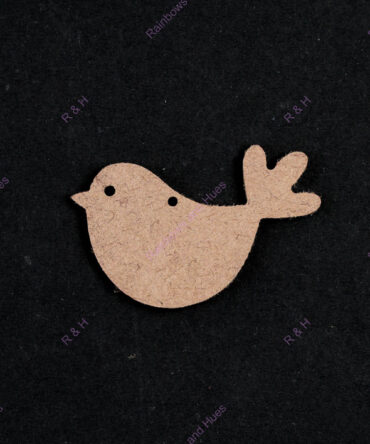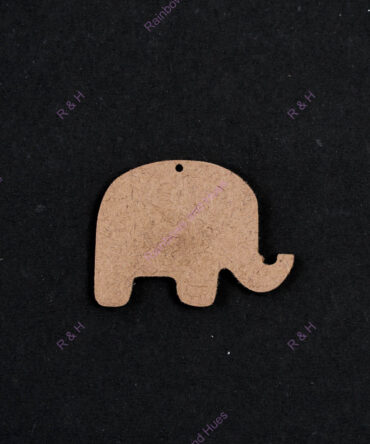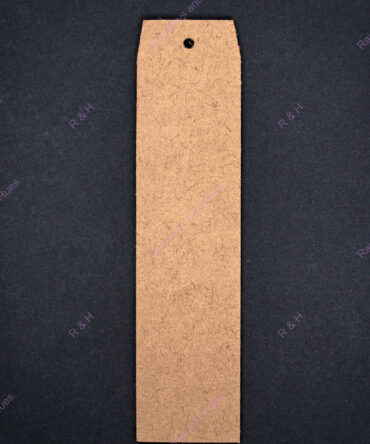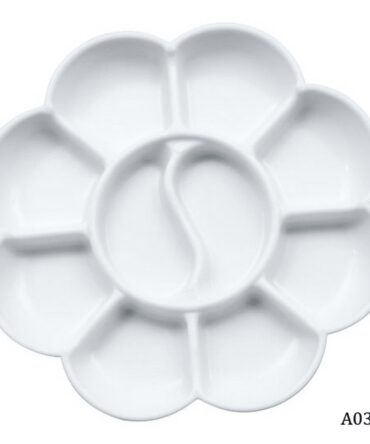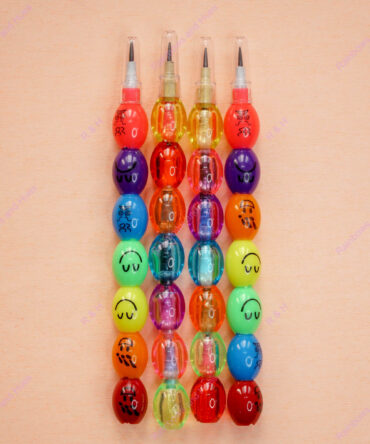Sketching is a fundamental aspect of the artistic process, allowing artists to express their creativity, refine their skills, and capture fleeting ideas on paper. To embark on this creative journey, selecting the right sketching paper is essential. This comprehensive guide will delve into the diverse universe of sketching papers, exploring their various textures, thicknesses, suitable mediums, and final output possibilities.
Understanding Paper Weight and Thickness for Sketching Papers
When it comes to choosing the right sketching paper, understanding paper weight and thickness is crucial. These attributes directly impact the quality of your artwork, the mediums you can use, and the overall feel of your sketches. Paperweight is measured in grams per square meter (gsm) and refers to the density and thickness of the paper.
Also Read: Exploring the Different Types of Bristles in Painting Brushes
Here’s an in-depth look at different categories of sketching papers based on their weight and thickness:
Thin Paper (Less than 90 gsm):
Thin papers, often referred to as lightweight papers, are typically used for preliminary sketches, quick studies, or practice. These papers are delicate and can easily wrinkle or tear, making them unsuitable for heavy applications of wet media or extensive erasing. They are best suited for pencil sketches and pen & ink drawings. Artists often carry a sketchbook with thin paper for on-the-go drawing due to its portability.
Also Read: Understanding Art Papers – 1
Lightweight Paper (90-120 gsm):
Slightly thicker than thin paper, lightweight papers strike a balance between portability and durability. They can handle pencil, pen, and ink. Artists who prefer to work with multiple media in their sketches might find lightweight paper suitable for their needs.
Medium-weight Paper (120-160 gsm):
Medium-weight papers offer increased durability and versatility. They are well-suited for a wide range of sketching and drawing techniques, including pencil, pen, ink, and charcoal. These papers can handle moderate wet media applications without significant buckling or warping. Artists often prefer medium-weight papers for finished sketches that require more detailed work.
Also Read: Understanding Art Papers – 2 [Watercolour Painting Paper]
Heavyweight Paper (160-200 gsm):
Heavyweight papers are ideal for artists who enjoy experimenting with mixed media techniques. These papers also provide a premium feel for finished sketches and artworks.
Extra Heavyweight Paper (200 gsm and above):
Extra heavyweight papers are the thickest and most robust option for sketching. These papers offer maximum durability and minimal warping, making them ideal for artists who push the boundaries of traditional sketching. However, their thickness might make them less portable and suitable for certain types of sketchbooks.
Also Read: History and Evolution of Watercolours in India
Toned Papers
Toned sketching paper, also known as tinted or coloured paper, is a unique type of paper that offers artists an alternative canvas for their creative expressions. Unlike traditional white paper, toned sketching paper is pre-coloured with a variety of shades, ranging from light to dark. This tinted background can significantly impact the overall mood, contrast, and visual impact of your artwork. Toned sketching paper is particularly popular among artists who want to experiment with different drawing techniques and create distinctive effects in their sketches.
Here are some key aspects to consider when working with toned sketching paper:
Tonal Range and Contrast:
The base colour of the paper adds an inherent tonal value to your artwork. For instance, if you choose a mid-tone grey paper, your highlights and shadows will automatically be influenced by the paper’s colour. This can lead to strong contrast and create a dramatic visual impact.
Medium Compatibility:
Toned sketching paper is compatible with a wide range of drawing materials, including graphite pencils, charcoal, white charcoal or pastel, coloured pencils, and ink. The choice of medium can enhance the effects achieved on the coloured background.
Highlights and Shadows:
One of the exciting aspects of working on toned paper is that you can use both light and dark media to create highlights and shadows. White charcoal or pastel can be used to add highlights, while dark pencils, charcoal, or ink can emphasize shadows and details.
Also Read: The History and Evolution of Watercolours
Atmosphere and Mood:
The colour of the paper can influence the overall atmosphere and mood of your artwork. Warm-toned papers (such as sepia or tan) might create a nostalgic or warm feeling, while cooler tones (like blue or grey) can evoke a sense of calm or mystery.
Experimentation:
Toned sketching paper encourages artists to step out of their comfort zones and experiment with different techniques. Trying out new approaches, such as using a white pencil on dark paper for negative drawing, can lead to unexpected and visually captivating results.
Limited Color Palette:
Using toned paper can also guide your colour choices. Since you’re already starting with a coloured background, you might find that a limited colour palette for your main subject complements the overall composition.
Paper Texture and Weight:
Consider the texture and weight of the toned paper as well. Different brands and types of paper will have varying textures, which can impact how your chosen medium adheres to the surface.
Also Read: Lippan Art: A Unique Blend of Tradition and Craftsmanship
Sketchbooks and Bound Papers: Exploring Creativity on the Pages
Sketchbooks and bound papers are essential tools for artists of all levels, providing a dedicated space to capture ideas, experiment with different mediums, and document artistic journeys. They come in various sizes, formats, and paper types, catering to a wide range of preferences and creative needs. Choosing the proper sketchbook or bound paper is crucial for enhancing your artistic experience and nurturing your creativity.
Choosing the Right Sketchbook:
Selecting a sketchbook involves considering various factors to ensure it aligns with your artistic style, preferences, and intended use. Here are some key points to consider:
Size and Format: Sketchbooks come in various sizes, from pocket-sized to larger formats. Choose a size that suits your preferences and the level of detail you typically work with. Formats include portrait, landscape, square, and more.
Paper Type: Different paper types are suitable for different mediums. For pencil sketches and ink, medium-weight paper with a smooth texture is often preferred.
Binding: Sketchbooks can be spiral-bound, stitched, or case-bound. Spiral-bound sketchbooks allow pages to lay flat and are great for quick sketches, while stitched or case-bound books provide a more formal and durable structure.
Page Count: Consider how many pages you need. Thicker sketchbooks may last longer but can be bulkier. Thinner ones are more portable but might need replacement sooner.
Cover and Portability: Choose a cover material that suits your needs, whether it’s a hard cover for durability or a soft cover for flexibility. Portability is important if you plan to carry your sketchbook with you.
Perforated Pages: Some sketchbooks offer perforated pages that can be easily removed. This feature can be useful if you plan to sell or frame individual pieces.
Sketchbooks for Different Mediums:
Different mediums have specific requirements, and choosing the right sketchbook can enhance your experience:
Pencil and Pen: Medium-weight paper with a smooth texture is suitable for pencil and pen sketches. Choose a sketchbook that minimizes smudging and bleeding.
Markers: Sketchbooks with heavyweight paper or special marker paper are ideal for working with alcohol-based markers, as they prevent ink bleed.
Mixed Media: If you enjoy combining various mediums, look for sketchbooks labelled as suitable for mixed media. These have versatile paper that can handle both wet and dry media.
Benefits of Bound Papers:
Bound papers, whether in sketchbooks or individual bound pads, offer several advantages:
Organization: Bound papers keep your artwork organized and easily accessible, preventing loose pages from getting lost.
Consistency: The consistent format of bound papers encourages regular practice and experimentation.
Creativity Flow: Having a designated space for sketching fosters a sense of creativity and exploration.
Progress Tracking: Bound papers allow you to see your artistic progress over time as you fill each page.
Presentation: Completed artwork in a sketchbook can serve as a portfolio or a visual diary of your artistic journey.
Preservation: Bound papers protect your sketches from external elements and damage, ensuring their longevity.
***
Hop over to our website www.rainbowsandhues.com to buy premium quality sketch books and papers! Follow @rainbowsandhues on Instagram to get regular information on new products and deals!

